An ancient city, Nizwa, has successfully been able to continue its business and lifestyle for many generations in the same style it has done so for centuries and that is revolving around the City’s main fort. Today there are banks, institutions and telecom shops but business continues as usual. There are potteries, vegetables, fish and animals souq, not to forget jewelry and other fine things.
The highlight has been the souq.
Over the years It has had face lifts and planned with new features but the working model continues to have the same spirit.The souq and the fort have incorporated large car parking but one thing that has become a trademark of the city is the use of two-wheelers and most significantly the use of bicycles.If animals such as camels and donkeys could have been modes of transportation, the lanes of old city lanes carry tourists in electric vehicles.
The trend has actually seen an environmental benefit as well reduction in traffic chaos.
“Even the elderly in Nizwa drive bicycles, walk daily and do business! Our old plan seems to be better than modern because it stimulates a healthy lifestyle, both mentally and physically. In Nizwa, you can actually witness that it has a social life, productivity and work culture,” said Alawi Almshahur Baomar, from Salalah who is currently working in Muscat. A city can have an impact on an individual’s lifestyle.
Alawi’s interest in urban planning started when he was a student of Politics and International Relations in Australia.“First, I was in Melbourne which at that time was the best livable city in the world. So I started to notice the differences in city planning, public transportation, walkable streets, and green areas. Afterwards when I came back to Oman I participated with a think tank called Oman Think Urban. Our focus is on urban planning in Oman. How could we face the challenges and benefit from the opportunities,” he explained.
He added, “We form the city at first, but afterwards it is the city that shapes our habits and our lifestyles.”
Alawi says people respond differently when the subject is brought up regarding humanisation of cities, “When we talk about the humanisation of cities, people come to us who say that our atmosphere does not allow it and our culture is different. In the historical city Nizwa, we find the opposite of this claim, as the market, the castle, the mosque, farms and dwellings are all adjacent to one another. Most people walk and use bicycles, including the elderly!
What also needs acknowledgment is the acceptance of cyclists by other road users by maintaining distance and speed resulting in safety.”
He is in the opinion that this lifestyle should be celebrated because it brings in other benefits.“This lifestyle should be celebrated, promoted and revived in the rest of the Omani cities, because it contributes to reducing unemployment rates, creating a work culture and facilitating the establishment of small and medium enterprises. Therefore, we find that Nizwa in particular and the Dakhiliyah region in general has the lowest unemployment rates compared to the rest of the governorates,” he pointed out.
Nizwa or the Dakhiliyah, probably could have the highest number of cyclists and cycles in the country that are utilized with a purpose and not just for sports and hobby.
In the year 2015, Nizwa was celebrated as the Islamic Cultural capital of the world by UNESCO because of its rich history and prominent scientific cultural position in Oman.
According to UNESCO, “It has a distinct contribution to the Islamic and human culture through scientific, cultural and literary works of its scientists and intellectuals, the availability of scientific research centers, libraries of manuscripts and archaeological learning centers which make Nizwa a direction for researchers and interested in the fields of science, culture and knowledge.”



